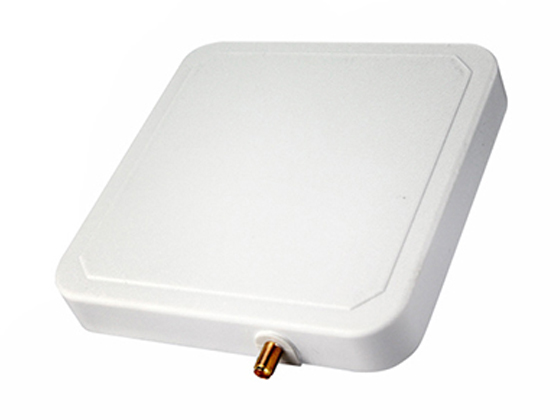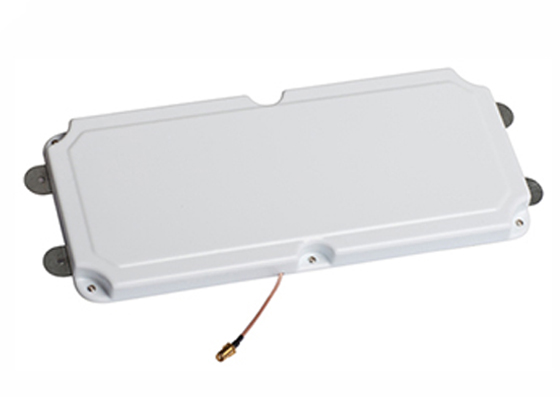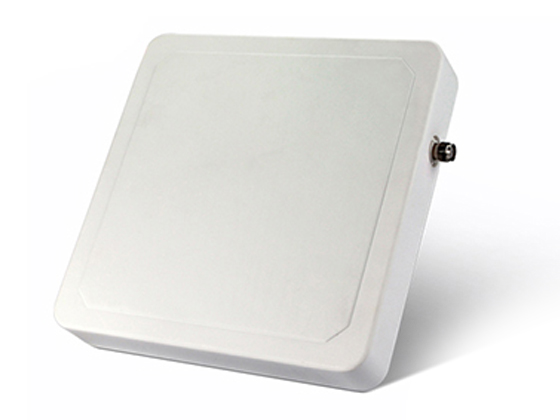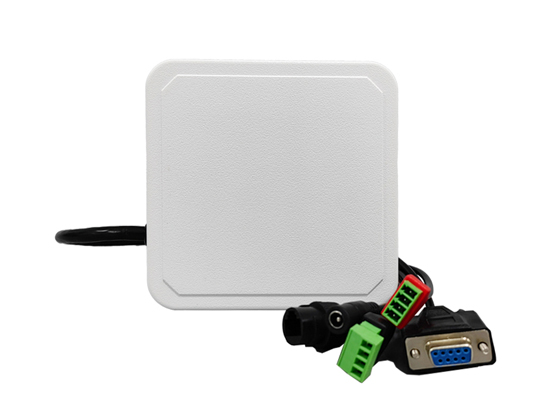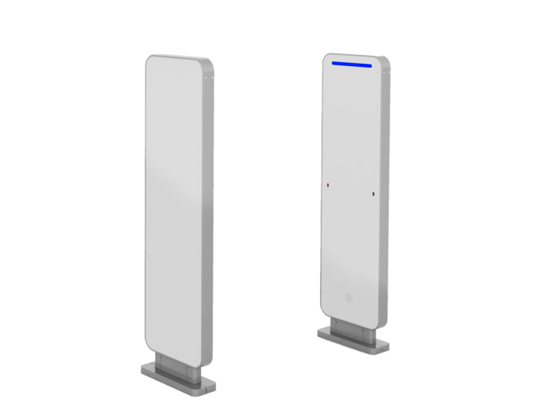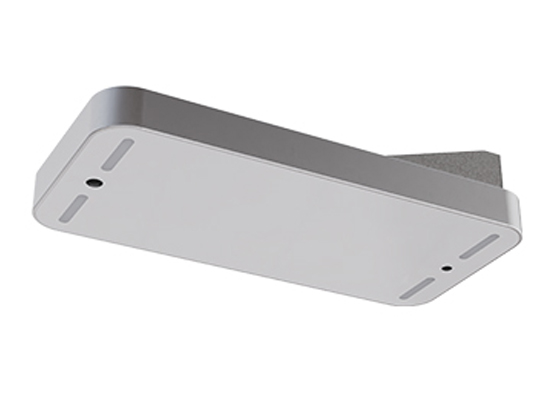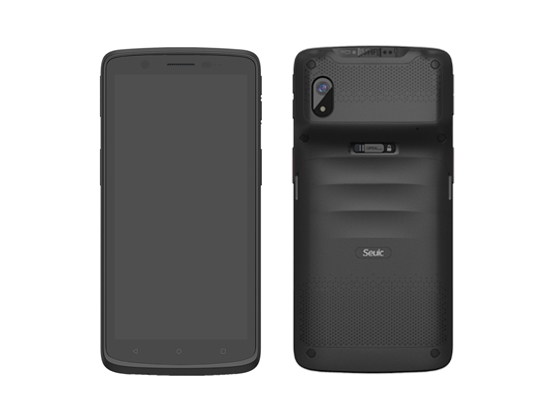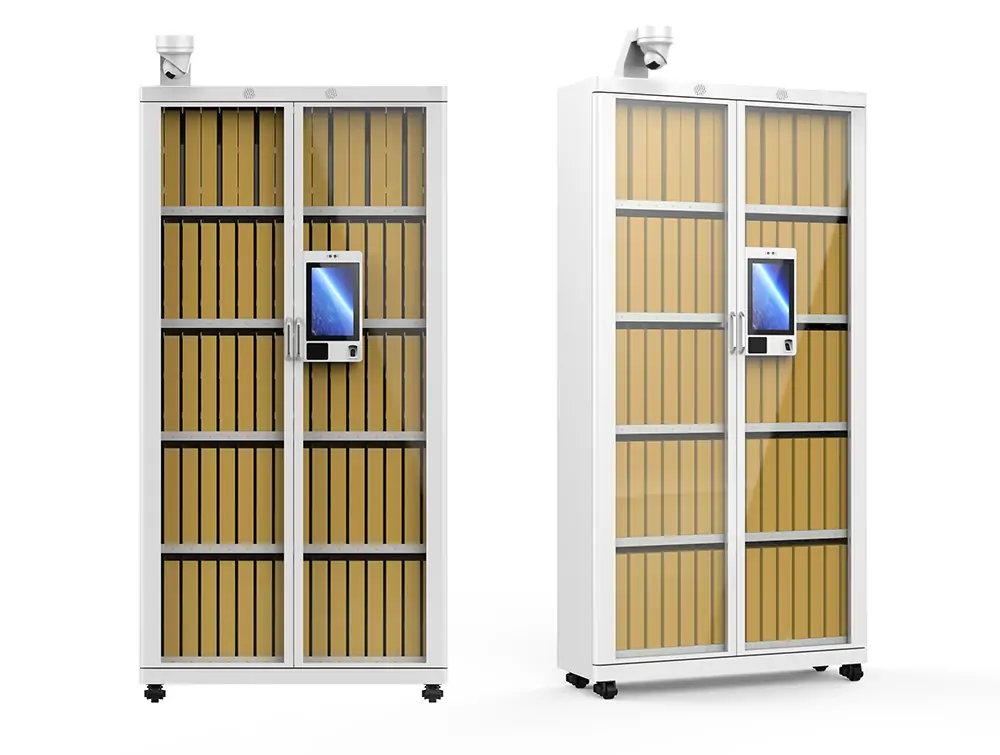Intelligent transportation system is based on advanced information technology and communication technology, through the collection, processing and analysis of traffic data, as well as the improvement of traffic facilities and traffic organization, to achieve intelligent management and control of the traffic system, in order to optimize transportation efficiency, improve traffic safety and environmental performance. As a key component of intelligent transportation systems, RFID (Radio Frequency Identification) technology plays a crucial role in vehicle management. Especially in the aspects of vehicle identification, tracking, management and scheduling, RFID technology has unparalleled advantages. This paper will discuss the selection and application of RFID antenna in intelligent transportation vehicle management.

First, the application of RFID technology in intelligent transportation
RFID is a non-contact automatic identification technology that uses radio frequency signals and spatial coupling and transmission characteristics to achieve automatic identification of stationary or moving items. RFID system is usually composed of RFID reader, RFID antenna and RFID electronic tag three parts. An RFID reader sends a radio frequency signal through an antenna to activate the electronic tag and read the information in it. An electronic tag is usually attached to the vehicle and stores the vehicle's unique identification and other relevant information.
In intelligent transportation systems, RFID technology can be applied in a number of ways:
1, vehicle identification and tracking: by installing RFID electronic tags on the vehicle, RFID antennas and readers can automatically identify vehicle information when the vehicle passes through the read and write area, achieving rapid verification and tracking of vehicle identity.
2, vehicle management: the use of RFID technology, can be real-time management of vehicles, including vehicle access control, parking management, vehicle scheduling, etc.
3. Traffic data acquisition: Vehicle information can be read through RFID antennas and readers, and traffic data can be collected in real time, providing an important basis for traffic planning and management.
4, vehicle security monitoring: RFID technology can be applied to vehicle security monitoring, for example, by reading the information in the vehicle electronic tag, to achieve the tracking and positioning of stolen vehicles.
2. Selection of high-gain RFID reader antenna
RFID antenna is a key component in RFID system, which is used to transmit radio frequency signals and realize the communication between readers and electronic tags. In the management of intelligent transportation vehicles, selecting the appropriate RFID antenna is crucial, and its performance parameters need to be evaluated, including gain, beamwidth, polarization mode, and so on. The gain determines the signal coverage and read-write distance of the antenna. The beam width determines the space distribution range of the electromagnetic wave radiated by the antenna. The polarization mode needs to match the polarization mode of the electronic tag to ensure the best signal transmission effect.
When choosing an RFID antenna, there are several key factors to consider:
1, polarization direction: the polarization direction of the antenna should match the polarization direction of the electronic label to ensure the best signal transmission effect. In the management of the vehicle production line, it is common to encounter the cross-reading of adjacent labels, and the installation direction of labels in similar projects is basically the same, so you can choose the linearly polarized antenna, and the beam Angle of the linearly polarized antenna on the E or H plane can be 30 degrees, so the radiation is very narrow, which can solve the problem of the cross-reading of adjacent labels.
2, antenna gain: antenna gain is an important indicator to measure the performance of the antenna, which directly affects the read and write distance and signal quality. High-gain antennas can provide longer read and write distances and more stable signal transmission, which is suitable for scenarios requiring long-distance identification. When selecting the antenna, the appropriate gain value should be selected according to the actual demand, usually the higher the gain, the further the read and write distance, but also the size and cost of the antenna need to be considered.
3. Beam Angle: The beam Angle determines the distribution range of electromagnetic waves radiated by the antenna in space. In vehicle management, in order to cover a wider area, it is usually necessary to select an antenna with a wider beam Angle. However, for scenarios that require precise identification, such as vehicle access control, it may be necessary to select an antenna with a narrower beam Angle to reduce interference and misreading.
4, application environment: The application environment has an important impact on the performance of the antenna. In vehicle management, the antenna may need to be exposed to the outdoor environment, so it is necessary to choose an antenna with waterproof, dustproof, high temperature resistance and other characteristics to ensure its long-term stable operation.
Third, the application of RFID antenna in intelligent traffic vehicle management
In intelligent transportation vehicle management, RFID antennas have a wide range of application scenarios and significant advantages. Here are some typical use cases:
1, vehicle access control: by installing RFID antennas and readers in the parking lot or traffic bayonet, rapid access control of vehicles can be achieved. When the vehicle passes through the read and write area, the antenna can remotely read the information in the electronic tag of the vehicle, and automatically judge the identity and authority of the vehicle, thus controlling the opening and closing of the gate. This approach not only improves the efficiency of vehicle access, but also reduces the risk of manual intervention and misoperation.
2, intelligent parking management: In the parking lot, RFID technology can achieve automatic billing, automatic opening and closing functions. When the vehicle enters the parking lot, the RFID antenna and reader will automatically identify the vehicle information and record the parking time; When leaving, the RFID system will automatically calculate the cost and complete the payment according to the parking time. This not only improves the operational efficiency of the parking lot, but also greatly improves the user experience.
3, vehicle tracking and scheduling: In the field of logistics and public transportation, RFID technology can be used for vehicle tracking and scheduling. By installing electronic tags on the vehicle and installing reader antennas at key locations, the location and status information of the vehicle can be obtained in real time. This information can be used to optimize transportation routes, improve transportation efficiency, reduce idleness and fuel consumption.
4, traffic data acquisition and analysis: through the integration of sensors and data acquisition modules on the RFID reader antenna, traffic data can be collected in real time, such as vehicle flow, speed, driving direction, etc. These data can be used in traffic planning, congestion warning, accident analysis, etc., to provide scientific basis and decision-making support for traffic management departments.
5, vehicle security monitoring: in terms of vehicle security monitoring, RFID technology can be used to track and locate stolen vehicles. By reading the information in the electronic tag of the stolen vehicle, combined with GIS (geographic information system) and GPS (Global positioning System) and other technologies, the real-time tracking and positioning of the stolen vehicle can be realized, and the efficiency and success rate of vehicle recovery can be improved.
In summary, RFID antennas have a wide range of application prospects and significant advantages in intelligent transportation vehicle management. Through reasonable selection and application of RFID reader antennas, rapid identification, tracking and management of vehicles can be achieved, and the intelligent level and operation efficiency of the traffic system can be improved. In the future, with the continuous development and improvement of RFID technology, as well as the wide application and promotion of intelligent transportation systems, RFID antennas will play a more important role in vehicle management.






